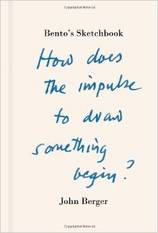1 Comment
Kim Lee Kho
5/5/2015 08:08:14 am
On the topic of habits and how they can help or interfere with your priorities, I came across this from Charlie Gilkey's blog and thought it was helpful: http://www.productiveflourishing.com/are-your-habits-working-for-you/ Maybe it's because I am a slow learner, but I find I have to question things many, many times before I am able to break them down and rebuild.
Reply
Leave a Reply. |
Kim-Lee KhoAs a visual artist I like nothing more than getting up to my elbows in paint or little plastic toys, or wading in at the deep end in pursuit of an idea. When I am not teaching others in a similar vein, you can find me researching, writing and noodling around in my studio, seeing where my latest lines of inquiry lead me. Archives
April 2022
Categories
All
All images and content on this website © Kim-Lee Kho 2005–2018 except as indicated. All rights reserved. No reproduction without express, written permission.
|

 RSS Feed
RSS Feed